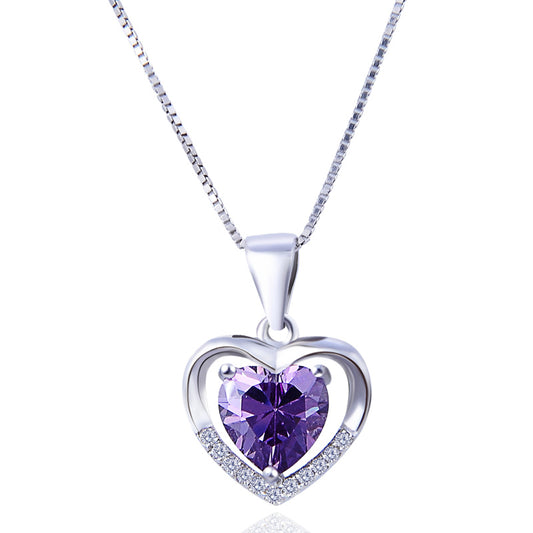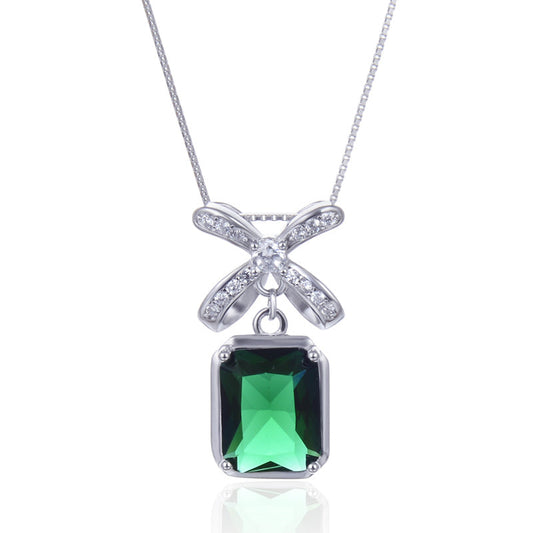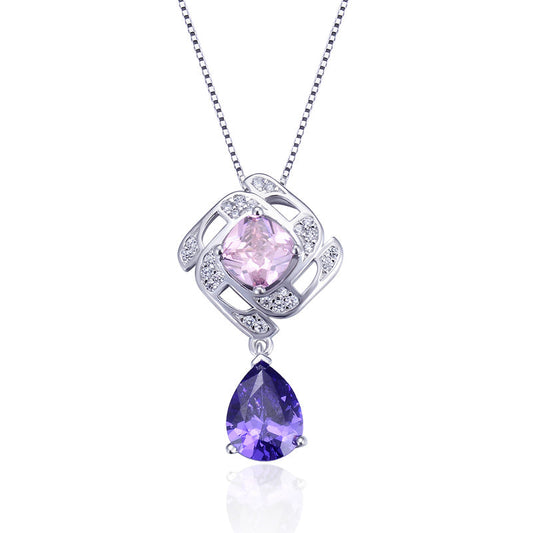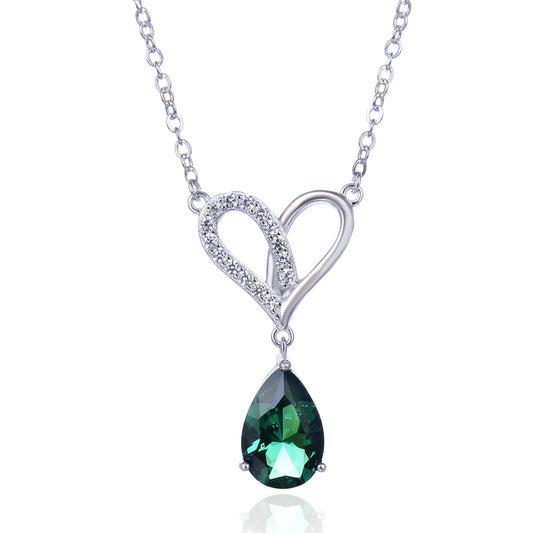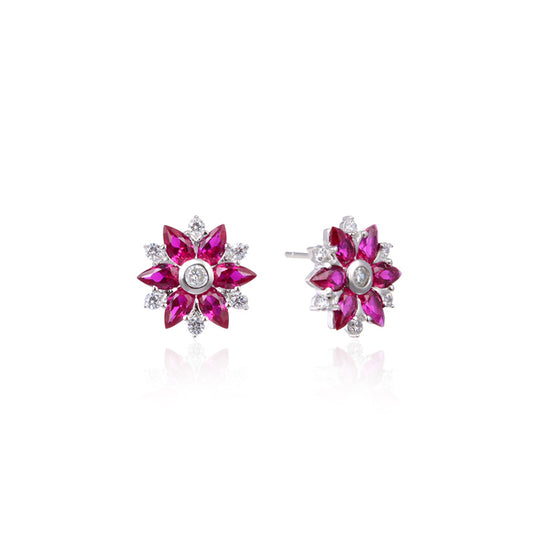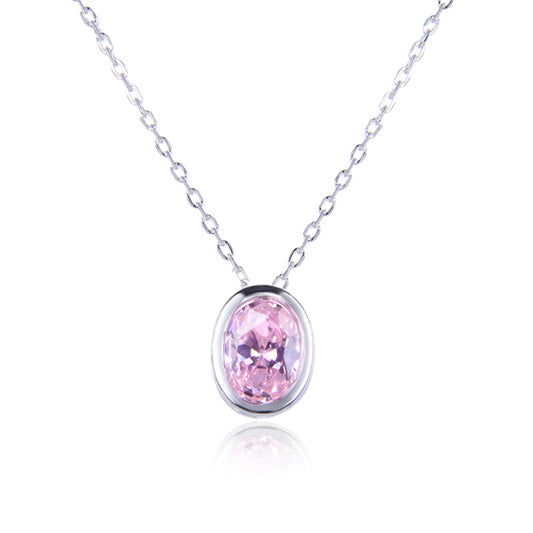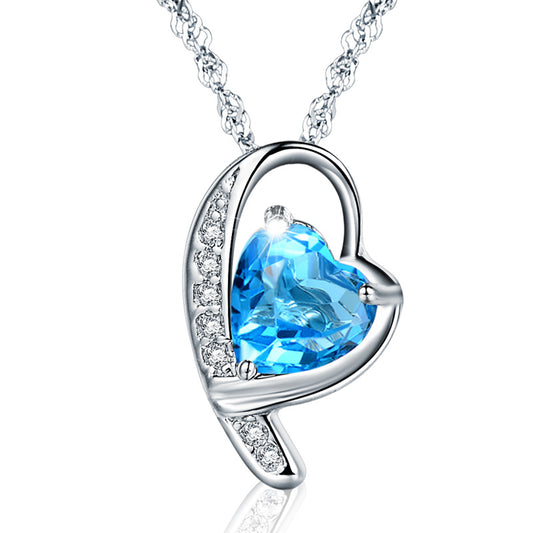
The Lustrous Debate: Is 800 Silver Worth More than 925?
In the realm of jewelry, precious metals hold a venerable status, with silver often being the preferred choice for those seeking elegance without the exorbitant price tag of gold. However, within the realm of silver itself, there exists a subtle yet significant distinction—that between 800 silver and 925 silver. This difference, often overlooked by the uninitiated, is the subject of much debate among jewelry enthusiasts and connoisseurs alike.
At its core, the discussion centers around the purity of the silver alloy. 800 silver, as the name suggests, is composed of 80% pure silver, with the remaining 20% being made up of other metals. This alloy is popular for its strength and durability, making it ideal for everyday wear. On the other hand, 925 silver, also known as sterling silver, is a higher purity alloy consisting of 92.5% silver and 7.5% other metals. It is this higher purity that often commands a higher price tag in the market.
But is 800 silver truly worth less than its sterling counterpart? To answer this, we must delve into the intricacies of jewelry craftsmanship and the role of alloys in enhancing the beauty and longevity of a piece.
When it comes to bracelets, for instance, the choice between 800 and 925 silver is often influenced by the desired aesthetic. A chunky cuff bracelet made from 800 silver might exude a bold, industrial charm, while a delicate chain bracelet crafted from 925 silver might epitomize elegance and refinement. Similarly, bangles made from these two alloys can vary greatly in terms of both style and price, depending on the intricacy of the design and the craftsmanship involved.
In the realm of earrings, the purity of silver can greatly affect the comfort and wearability of the piece. 925 silver, being softer and more malleable, is often preferred for studs and sleeper earrings as it is less likely to cause irritation to the skin. However, 800 silver, with its higher strength, might be a better choice for heavier, dangling earrings that require more support.
When it comes to rings, the choice between 800 and 925 silver is often a personal one. While some prefer the luster and malleability of 925 silver, others might opt for the durability and strength of 800 silver, especially for rings that are worn daily.
Pendants and necklaces offer yet another dimension to this debate. A delicate pendant crafted from 925 silver might be the perfect accompaniment to a professional attire, while a statement necklace made from 800 silver can make a bold statement about one’s personal style.
The value of silver jewelry is not solely determined by its purity, however. The addition of gemstones, such as pearls, can greatly enhance both the beauty and the price tag of a piece. A strand of pearls set in 925 silver might command a higher price than a similar piece set in 800 silver, not only because of the purity of the silver but also because of the rarity and luster of the pearls themselves.
Moreover, the finishing touches applied to silver jewelry, such as gold plating or rose gold plating, can also influence its value. A piece of 800 silver jewelry with a thick layer of gold plating might be priced higher than a similar piece of 925 silver without any plating, simply because of the additional cost and labor involved in applying the plating.
In essence, the debate over whether 800 silver is worth more than 925 silver is a complex one that cannot be answered with a simple yes or no. It depends on a myriad of factors, including the craftsmanship of the piece, the intricacy of the design, the addition of gemstones or other embellishments, and the personal preferences of the wearer.
As one peruses the aisles of a jewelry store or scrolls through online catalogs, it becomes evident that the beauty and value of silver jewelry lie not just in its purity but in the stories it tells and the emotions it evokes. Whether it’s a delicate necklace passed down through generations or a trendy bangle bought on a whim, each piece of silver jewelry holds its own unique charm and value that cannot be quantified by mere purity alone.



